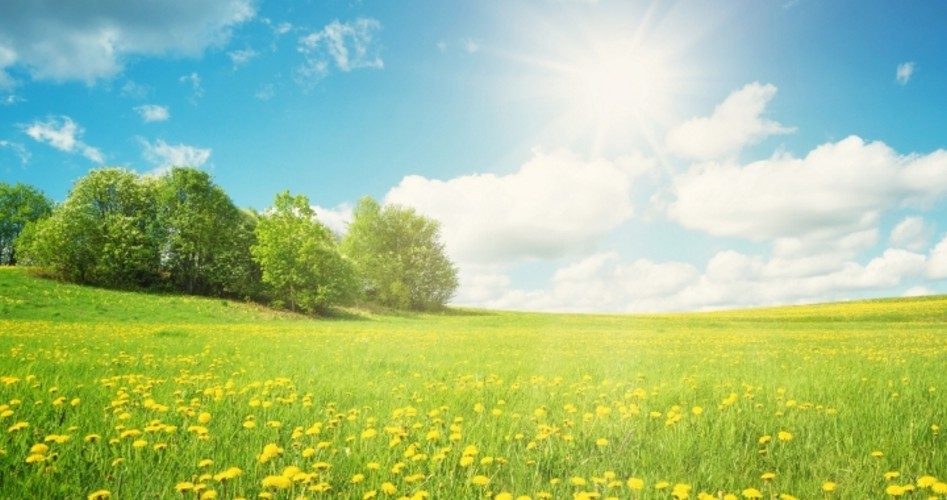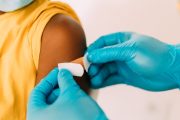
A doctor in Australia who specializes in skin-cancer research said that having a Vitamin D deficiency, which can be offset by moderate exposure to sunlight, increases one’s vulnerability to the COVID-19 virus.
The researcher, Dr. Rachel Neale, said during an interview with The Australian last week that having low levels of Vitamin D increases vulnerability to viral infections, including COVID-19.
“Now, more than ever, is not the time to be vitamin D deficient,” Dr. Neale said. “It would make sense that being vitamin D deficient would increase the risk of having symptomatic COVID-19 and potentially having worse symptoms. And that’s because vitamin D seems to have important effects on the immune system.”
Last year, Neale headed up a study of 78,000 patients, and found that people with low levels of Vitamin D are almost twice as likely as those with high levels of vitamin D to develop acute respiratory infections, which people with COVID-19 are now dying from.
Neale found that Vitamin D supplementation reduced the risk of acute respiratory infections, but she does not take Vitamin D tablets herself, as she believes time in the sun provides more benefits. However, she accepts that oral supplements are useful for people who cannot spend time in the sun.
The ideal amount of time to spend in the sun depends on the latitude of each individual’s home. In Brisbane, Queensland, where Neale lives, she spends five to 10 minutes in the sun each day. (People in other countries can compare their own location’s latitude relative to Brisbane’s.)
Neale is primarily a skin-cancer researcher, so she is very aware of the potential damage caused by overexposure to the sun, especially since Australia has the highest rate of skin cancer in the world. As with all things, moderation is the key.
In addition to its benefits in stimulating the production of Vitamin D, other research suggests that ultraviolet (UV) rays may help to kill the coronavirus. Depending on its wavelength, UV rays are classified as UV-C, UV-B, or UV-A rays. More than 95 percent of the sun’s UV radiation that reaches the Earth’s surface is UV-A. UV-A light has much longer wavelengths than the other two types and can penetrate deeper layers of skin, potentially causing skin damage, which should be prevented by limiting exposure time and/or using sunblock.
UV-C rays have much shorter wavelengths than the others and aren’t known to have harmful effects because they can’t get past the Earth’s ozone layer. However, they are produced by ultraviolet lamps that are often used to help sanitize the air in places such as hospitals, which are already using them to sanitize scarce N95 respirators for reuse.
A Washington Post report on April 24 contrasted the speeds at which natural UV-A and UV-B from the sun and constant artificial UV-C from lamps kill the coronavirus on objects.
“Sunlight definitely kills things. It’s just really slow,” the report quoted Andrea Silverman as saying He is an environmental engineering and global health professor at New York University.
The report also cited David Lytle, a retired biophysicist, who calculated that on May 1, two to three hours of midday sunshine would be needed to kill microscopic coronavirus particles at New York City’s latitude.
Image: LeManna/iStock/Getty Images Plus
Warren Mass has served The New American since its launch in 1985 in several capacities, including marketing, editing, and writing. Since retiring from the staff several years ago, he has been a regular contributor to the magazine. Warren writes from Texas and can be reached at [email protected].



